More than anything, metal fabrication is a profession that requires precision and care. Those who perform the job start with large pieces of metal, and then cut, weld, burn, machine, and form them into a final product. That product could be anything from a hand railing to a piece of heavy machinery.
Tyler Card is a metal fabricator at Mack Metal Sales in Huron, South Dakota. While he has a short six months on the job, he’s been working in manual trades since he was 13 years old.
What’s been your hardest day on the job?
Hardest day on the job comes with cutting the heaviest material that we have, which usually comes in the form of an 8-by-8, half-inch-thick square tube. We put 45 degree angles on them, having to calculate the distance between the shortest point and the longest point. It takes a little bit of time, but we can get it done.
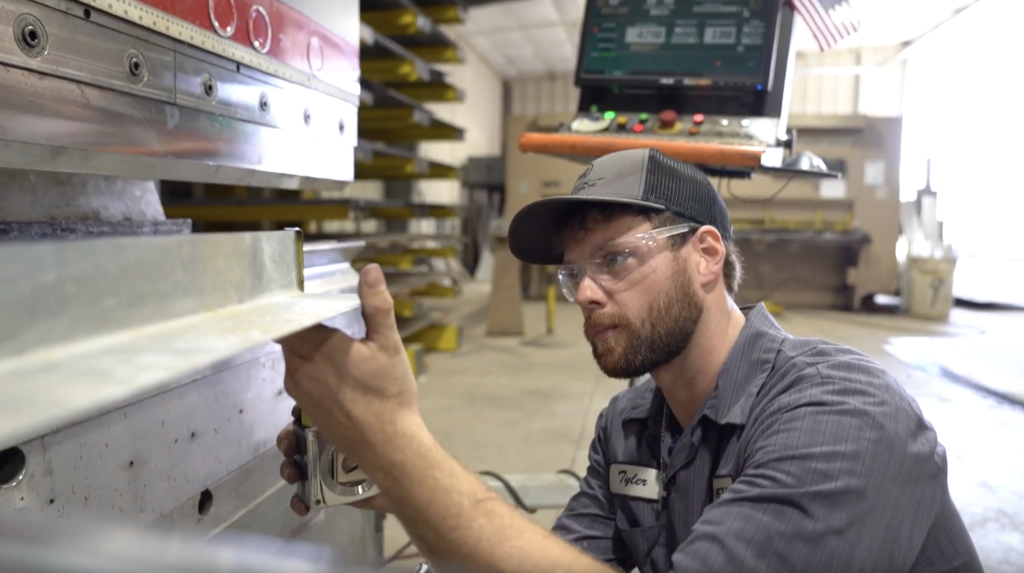
We have to think about everything because when we punch holes into different material, it has to line up to the bolt holes to the equipment that it’s getting put on. So we have to be very spot-on on our measurements, making sure everything’s on center, making sure the holes are the correct size, just to make sure that the customer gets what he’s asking for.
Why do you do what you do?
Metal fabrication has been a big part of my life. My dad’s a 30-year welder for Terex. I’ve kinda followed in his shoes being able to create something from nothing — that’s what it’s all about. I can take a piece of flat, I can turn that into a square, triangle, rectangle — any different shape and every different size. The ability to make that with the equipment that we have here, it’s very fulfilling.
What do people get wrong about your line of work?
That all you have to do is read a tape measure. There’s a lot more to it just with the saws and everything that we have. The maintenance of the machinery can have just as big of an impact on your cut as it can with just your tape measure. The blade curve of the blade itself, how much material are you going to lose. The amount of waste — we try to minimize that to make sure that we can use the appropriate piece for the material we’re going for in order to not have just a bunch of random pieces laying around the shop. We may have a 24-by-24-inch piece that we have to cut. You’re not going to take a full 4-foot-by-8-foot sheet and cut that out when we have a drop piece. Save ourselves some money and have more material at the end of the day.
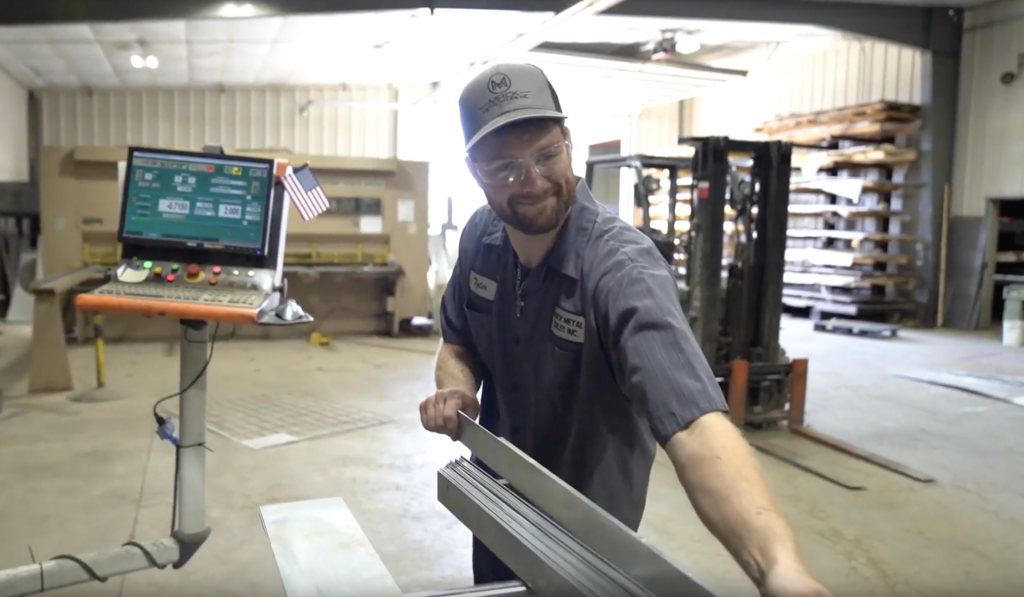
Are you passionate about what you do? If so, why?
I mean, we have the ability to cut I-beams that are used in structures, whether it’s holding up a scoreboard or whether its holding up a set of grandstands. When it comes down to it, if you want 24-foot, 7 inches, and three-eights on top of that, you’ve got to be able to get that within the 32nd is what I shoot for. They say give us a 16th but a 32nd’s too much for me. The ability to do it spot-on every time, that’s what I shoot for, for the safety of our customers, the safety of our clients. I don’t want a piece coming back on me saying we needed that thicker or we needed that longer.
When it comes down to it, if the slope is different compared to where it sits and it doesn’t sit level, the whole rest of the project is off by just that much. So I mean, if I’m the start of the project and I’m an eighth of an inch off, that eighth of an inch is going to carry through the rest of that project. The final piece that gets put on that could not line up just because of that simple eighth of an inch that’s off.
This article was originally published Aug. 25, 2019, on Coffee or Die.

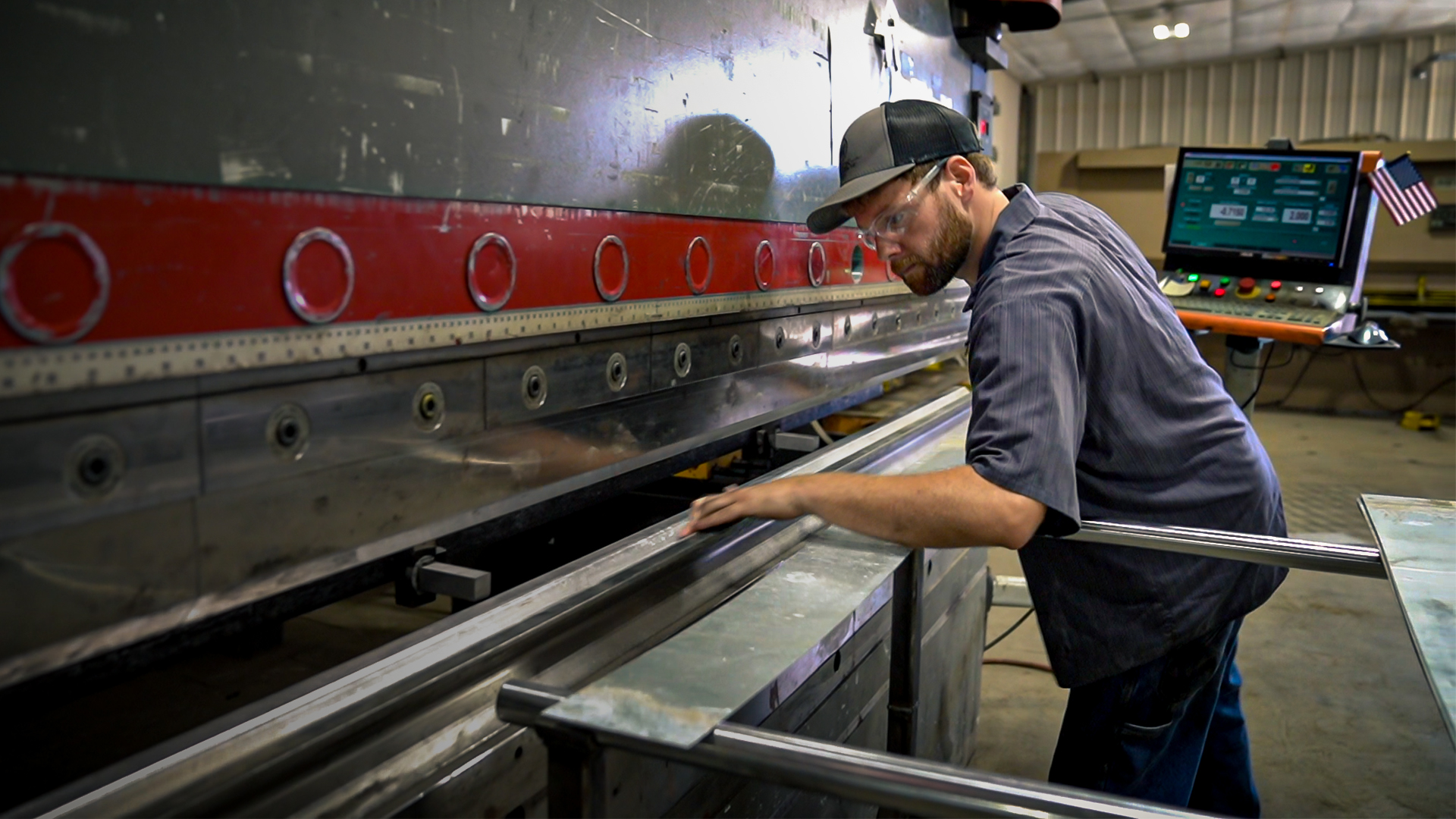


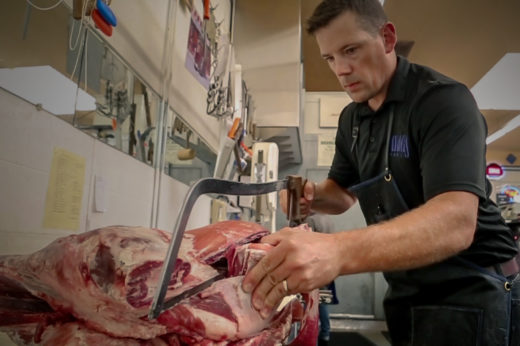
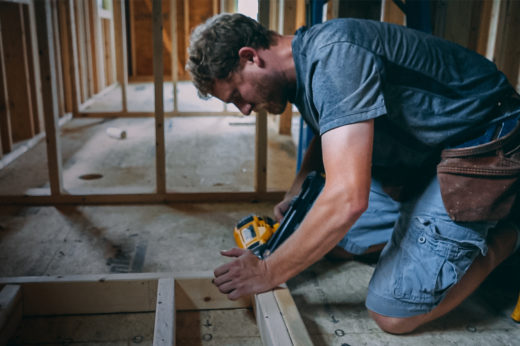


Comments